Photography with a smart phone camera
Photographs with fine image granularity and quality resolution refracted from electronic light sensors meet clarity and realism of the eyes with appease from film photographs to digital photographs today.
Digital photographs were taken once with a size of a digital camera much the same of a pocket film camera. Others, even with a Digital Single-Lens Reflex (DSLR) camera. However, now, most with a smart phone camera.
Here’s one with a smart phone camera, and how to do appealingly well with it:

So, smart phone cameras all take digital photographs, and are such, digital cameras. They all by default, shoot pictures in auto setting mode, and are supported by a camera flash and night mode. Which both, add light or brightness to its overall outcome of photographs.
With such, all photographers who shoot pictures with a smartphone camera, only need know some basic but advanced photography methods. Here’s all of them; mostly, known commonly, as framing and picture composition.
Photography Rule of Thirds
This theory, or method of photography, plainly describes: Two thirds of a photograph should be negative space, which environs it’s subject or subjects. Such so, it’s subjects stand out more.
This proportion, can be materialized and visualized with a smart phone camera, with grid lines.
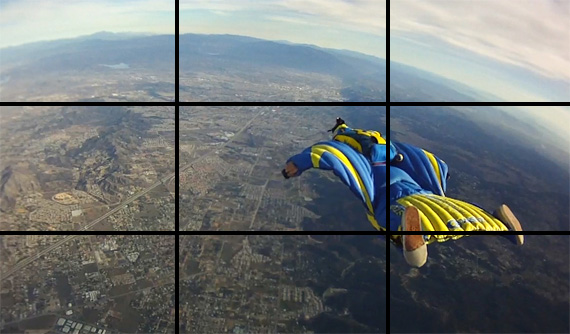
Grid lines can be reflected in almost all Internet of Things (IoT) generation smart phone camera view finders or digital displays. It can be turned on or off from it’s smart phone camera’s settings.
iPhone: Go to “Settings” >> “Photos & Camera” >> “Grid” >> “on”
Samsung Galaxy: Go to “Camera app” >> “Settings” >> “grid lines” >> “on”
So, most can be said about grid lines when its photograph’s subject is targeted along its cross intersection of grids, making the subject more visible and appealing to eyes.
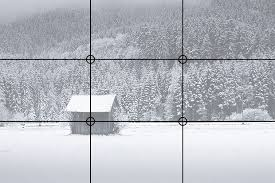
Inversely, this photography’s rule of thirds also applies to a mesh, and inversion of it. Like so:
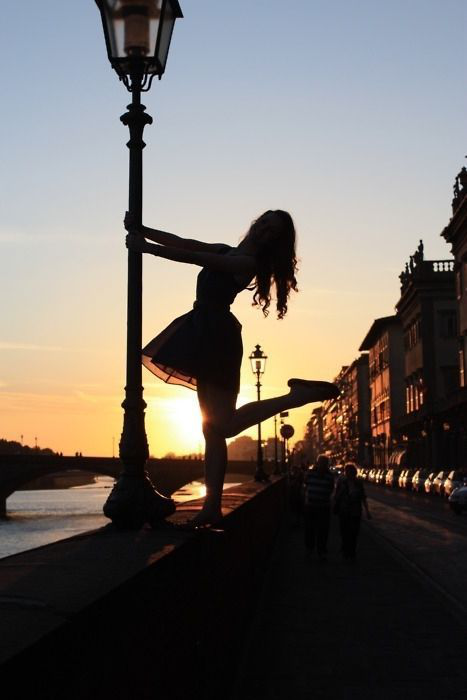
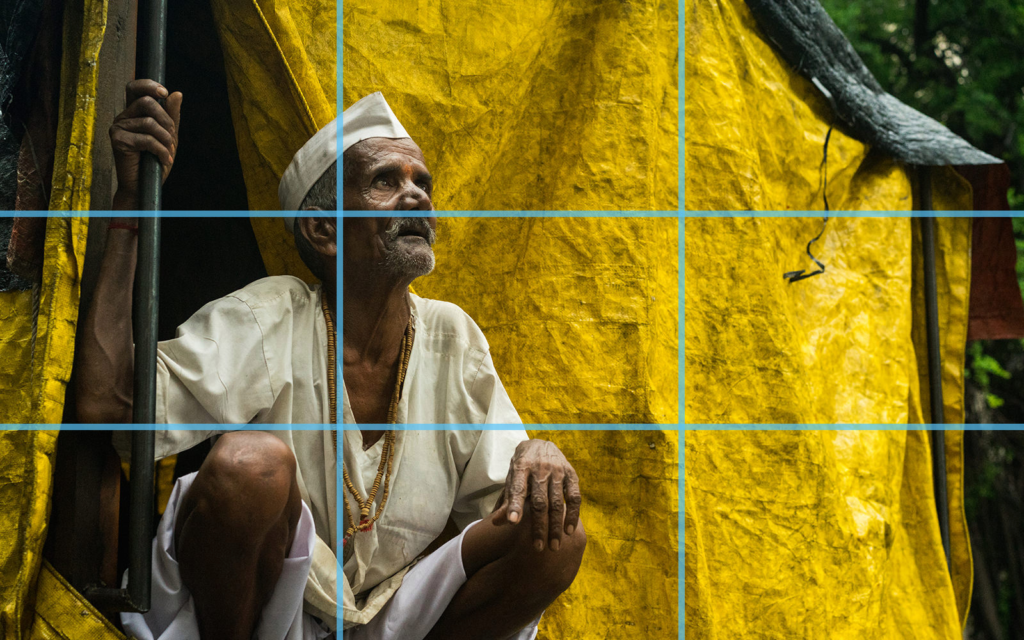
Photographic Consistency
Before last, consistency such as a repeating pattern in a photograph, and some form of structural and tentalising pattern, makes it much more appealing to the eye. Especially, when it is photographed within its frame of picture composition. Which too, also applies to a mesh, and inversion.
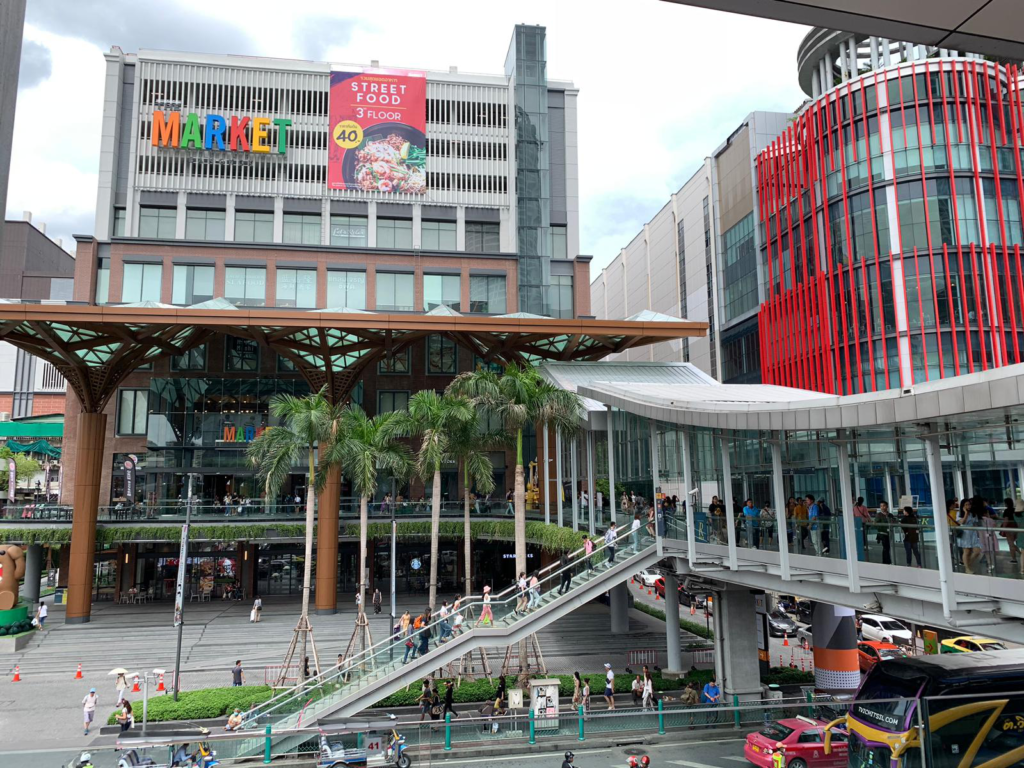
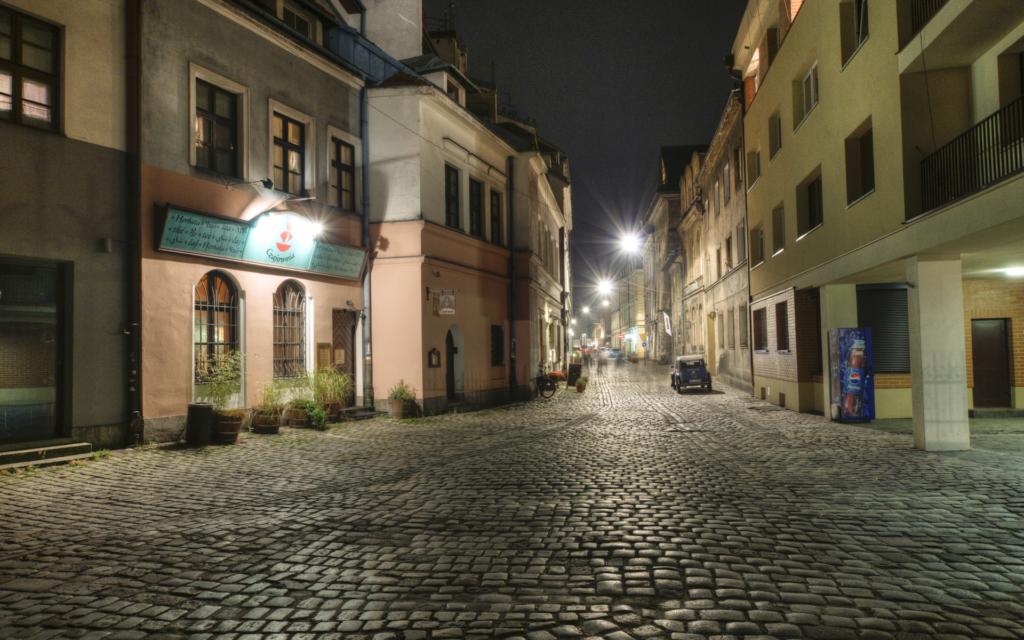
Digital zoom and Lens Zoom
Finally, smart phone cameras are built in with small compact camera lenses. As such, variability with camera lens zooming is limited, which resorts smart phone cameras to apply digital zoom. Albeit, zooming into its digitally captured picture in it’s computer memory, and not its image captured from its lens.
With mitigation, move in closer to shoot pictures with a smart phone camera, and zoom in only minimally. Producing a contrast of such an effect:


So, both pictures above are in perfect lens focus, but it’s latter, is lesser of a fine granularity effect.
For mitigation, here’s another photograph with close in proximity, within moving in to its subject and minimal zoom:

Parting Tip
Last but not least, a best tip from photography studies: find light to fit into any captured image by a camera for illumination. Before adding, and applying artificial light. I.e. A camera flash.





